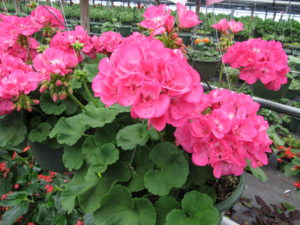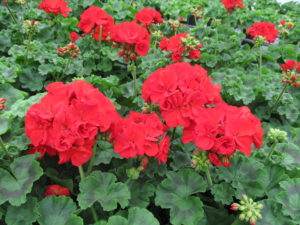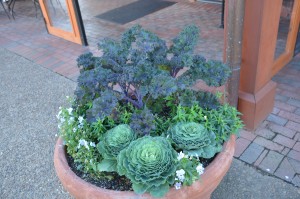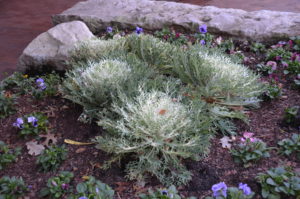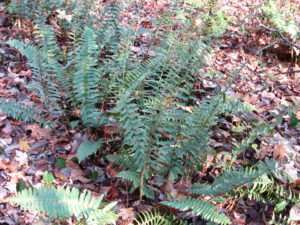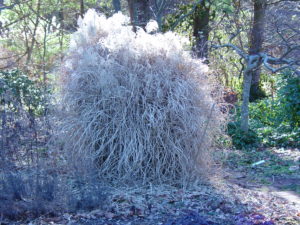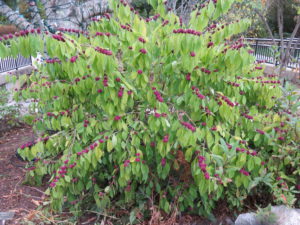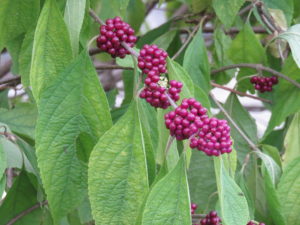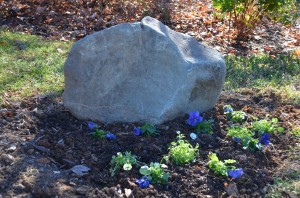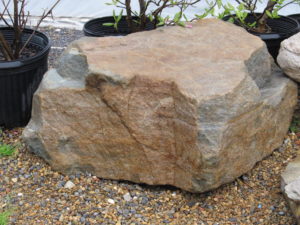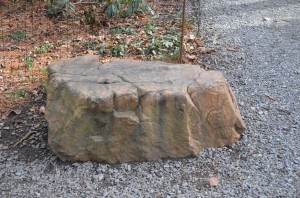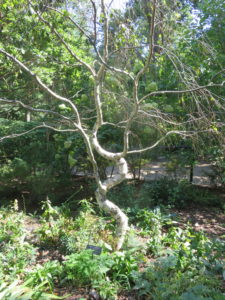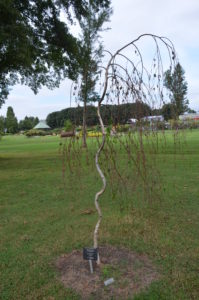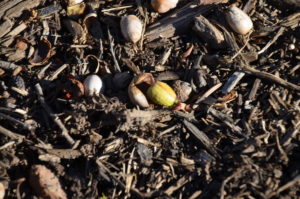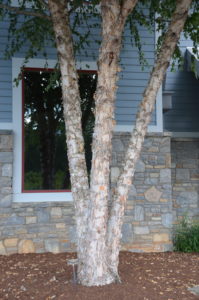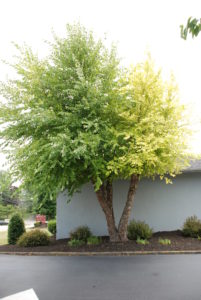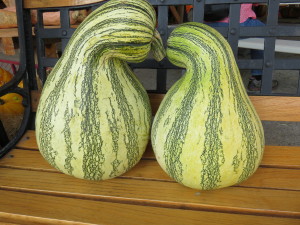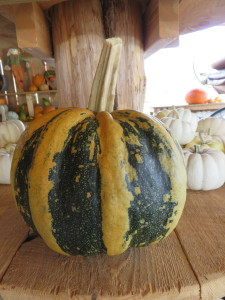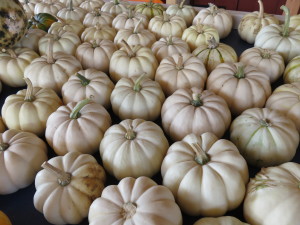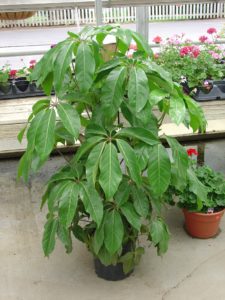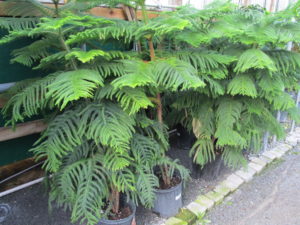Annual geraniums (Pelargonium x hortorum) are popular bedding plants in the garden or in all kinds of containers including window boxes or hanging baskets. Color choices include red, pink, rose, salmon, orange, lavender, violet, or white.
High summer heat is challenging for all geraniums. Some types of geraniums stop blooming completely and perk up when autumn’s cool temps return. Over the past quarter century plant breeders have given gardeners better heat-tolerant types. Some of the best are the Maverick™ and Orbit™ seed series; the Americana™, Eclipse™, and Rocky Mountain™ cutting series; and the interspecific hybrids marketed as Caliente™ and Calliope™.
In the spring, plant geraniums outdoors after all threat of frost has passed. Plants are spaced about 8 to 12 inches apart (depending on variety) and at the same depth as in the flat or pot. Mulch around plants to retain soil moisture and suppress weeds. Regular deadheading of spent flowers encourages additional blooms. Avoid frequent overhead irrigation, as this may result in leaf and flower disease outbreaks.
Geraniums must have a moist, humus-rich, well-drained soil and should be planted in a garden receiving at least 6 hours of direct sunlight. Let the soil go slightly dry between waterings. Do not overfertilize. Feed them with a slow-release, granular fertilizer once in spring or with a water soluble fertilizer such as Miracle-Gro™ or Jacks™ 2-3 times during the growing season.
Geranium cuttings root easily from cuttings in fall and can be over wintered as house plants.

